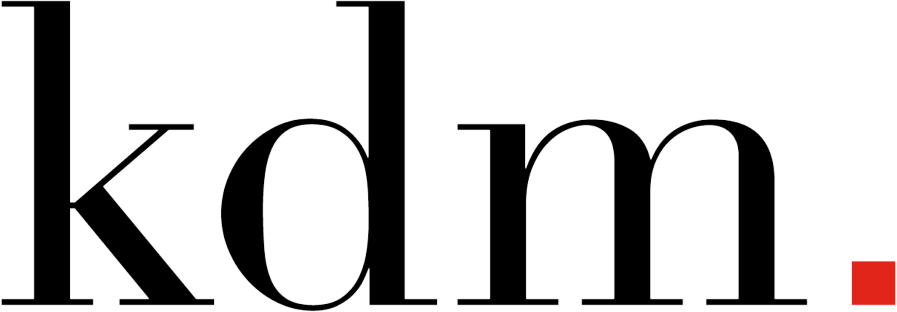Best Practices for Creating Effective Retail Signage
Visual Merchandisers and Store Designers are striving to appeal to today’s shoppers by creating an awesome in-store shopping experience to compete with the upward growth of online shopping. And they are planning to invest more in retail signage and graphics as part of this goal. In fact, 45% of retailers plan to spend more on store signage and graphics in 2016 than they did last year, according to the 2016 A.R.E. POPAI Purchasing Forecast survey. The survey also revealed that 14% plan to spend “significantly” more and 88% of independent, single-store owners will increase their signage budgets as well.
For good reason. Study after study shows that retail signage is highly effective at influencing and driving sales and that shoppers remember signage as part of the shopping experience. Whether for branding, information, navigation or promotion, retail signage plays a vital role in the retail environment.
In this KDM Blog article we’ll discuss the types of signage and best practices in displaying and designing effective retail signage.
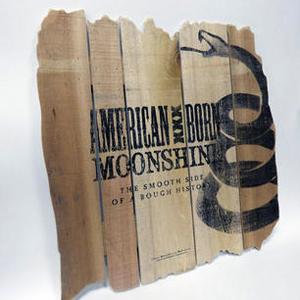
Retail Signage 101: displaying best practices
OUTDOOR SIGNAGE
Outdoor signage is critical to brick-and-mortar retailers because it’s what gets shoppers in the door. Many marketers may argue this is the toughest hurdle. Exterior signage is the first impression customers have of your business, who you are, and what they can expect when they do enter your store.
Outdoor signage may include a pylon, sidewalk or yard signs, parking signs, entrance signs, or window signs. Place signage in highly visible areas to attract both walk-by and drive-by traffic. Effective signage may get the attention of people who have passed your store many times.
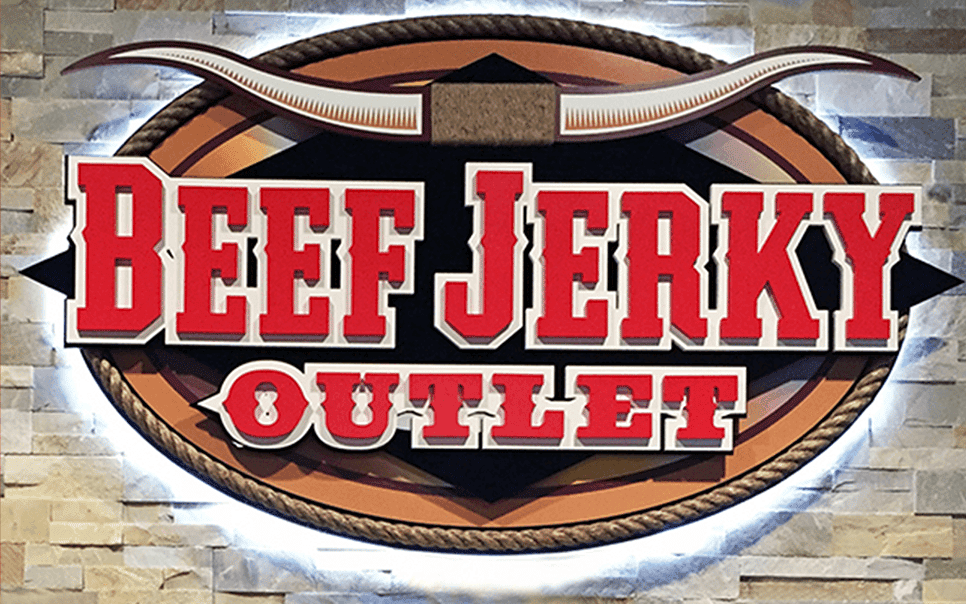
INFORMATIONAL SIGNAGE
Informational signage is also known as departmental, directional, or wayfinding signage. These signs are critical to giving your guests a pleasant shopping experience as they help the customer navigate your space more easily. The easier it is for a customer to find what they came in for, the more likely they are to return.
Directional signage tells customers where to go as well as add to the look and feel of the design of the store. Department signs should have a similar appearance so that shoppers begin to recognize and look for these signs to help them navigate the store. Retailers can strategically place the signage to subconsciously influence flow and guide shoppers through to different areas of the store they want them to shop.
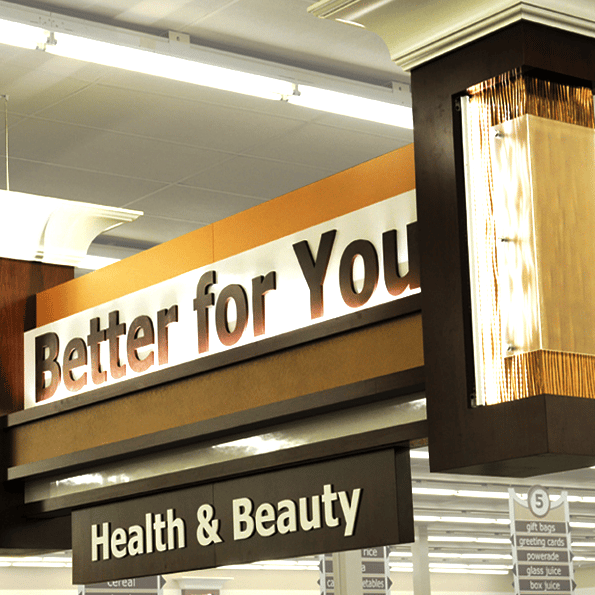
BRANDED SIGNAGE & GRAPHICS
Use signage to tell your story and reinforce the store’s overall branding. It’s important today for retailers to be transparent and to focus their marketing efforts on the local community and demographics with their choices of lifestyle images and murals. Timeline graphics and photos that communicate the history and mission of the company help customers identify with the store brand.
Branded Signage should be located in a variety of store locations for reinforcement. “Welcome” and “Thank You for Shopping” signs are a nice touch.
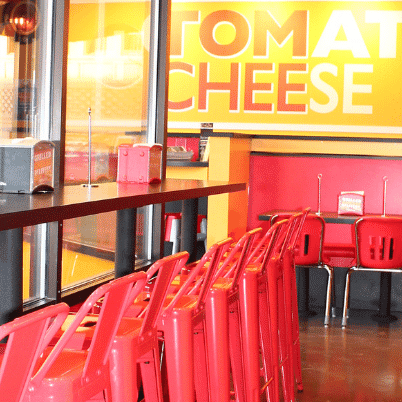
PROMOTIONAL P.O.P SIGNAGE
Promotional P.O.P (point-of-purchase) is used to advertise a featured promotion, product or service throughout the store. POPAI has released studies that emphasize the importance of POP displays to persuade shoppers and drive sales at the store level: 1 in 6 purchases are made when a POP display is present in the store and 16% of unplanned purchases were driven by a display the shopper saw while shopping
POP signage and displays are meant to influence purchase behavior through persuasive messaging and compelling graphics. This signage is typically temporary and can be used in several places such as the store entrance, in the aisles, customer service areas, and store windows. POP has many forms: aisle violators, shelf talkers, channel strips, floor graphics, ceiling danglers, endcaps, posters, counter signs, window graphics and banners… the list goes on and on. Keep in mind this signage should be easy for someone to change as needed.

Retail Signage 101: designing best practices
- BE SPECIFIC: Include specific details about a service, product, or promotion (known as narrowcasting).
- BE CLEAR & CONCISE: Customers should be able to read your sign in less than 5 seconds, or else it is ignored. Informational signs in particular should include large, bold fonts in highly-visible color schemes.
- WRITE IN HEADLINE TEXT: Effective signage uses a message hierarchy: headline, explanatory text, and a call to action. Keep it simple and omit any unnecessary words.
- INCLUDE A CALL TO ACTION: Signs are advertisements with a simple goal of getting the customer to do or feel something. Tell them what you want them to do.
